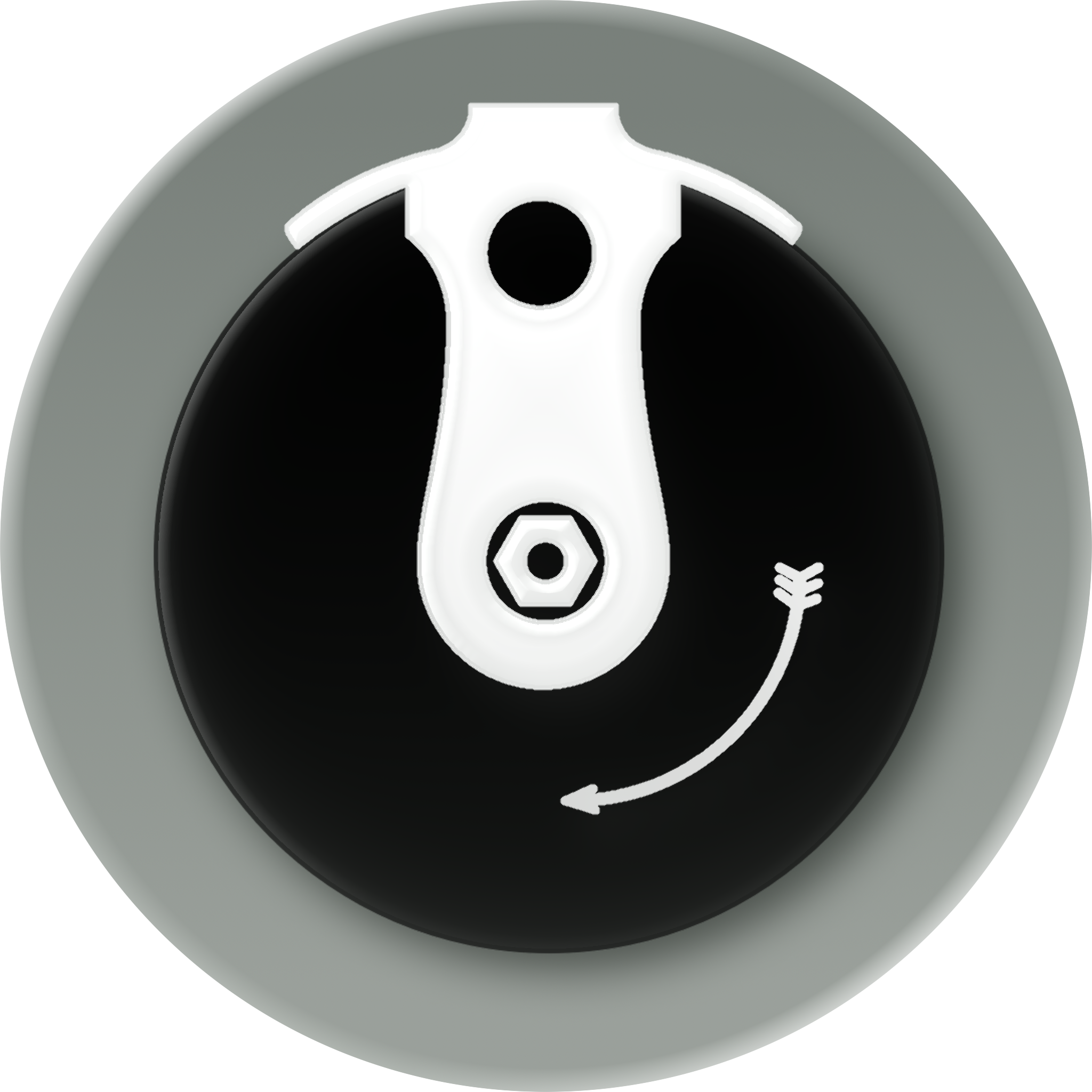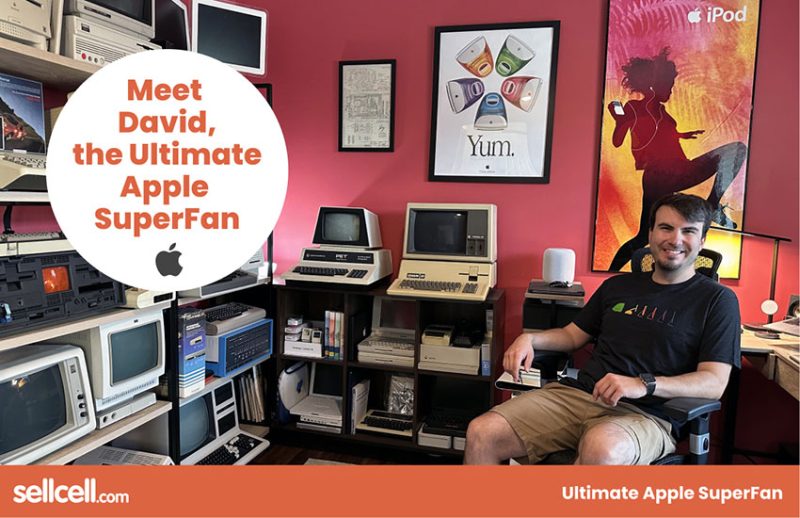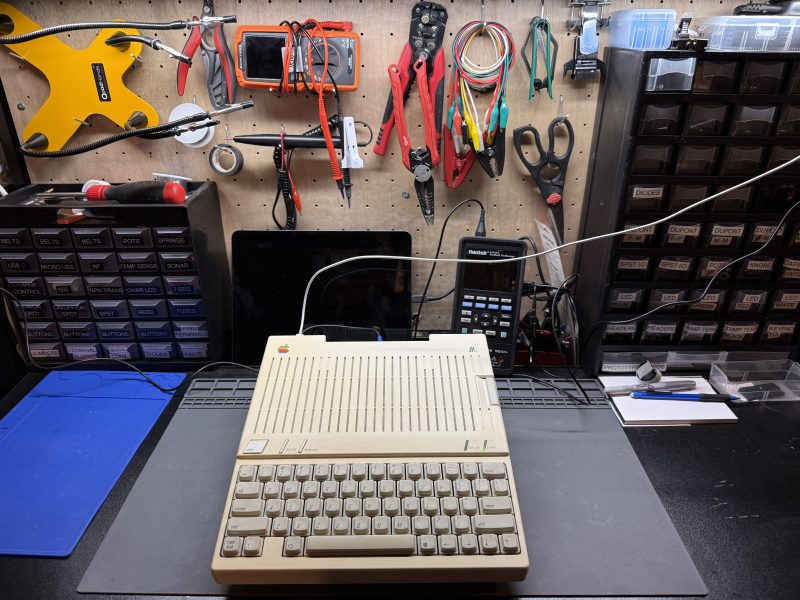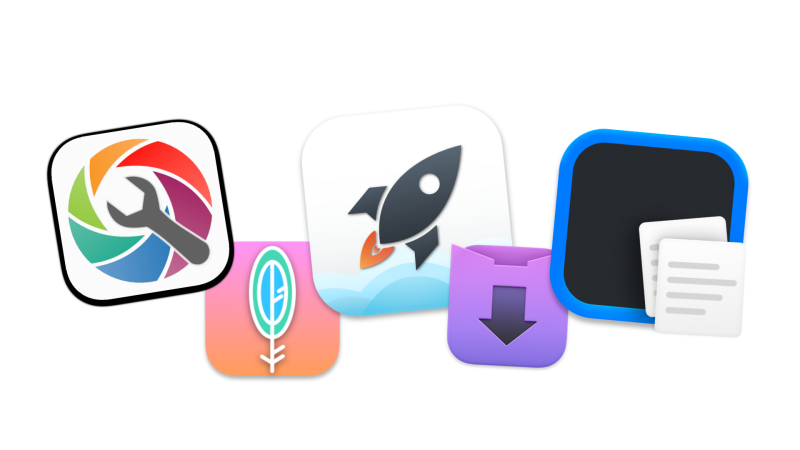As a lifelong enthusiast, I’ll buy almost anything if it’s shiny and made by Apple.
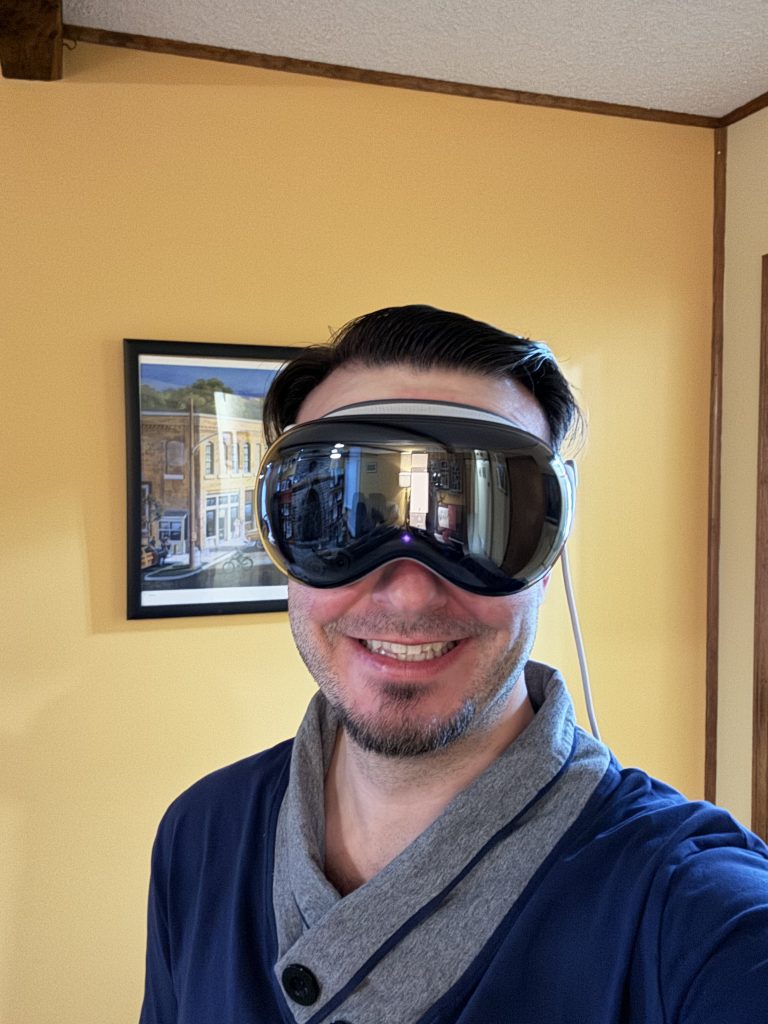
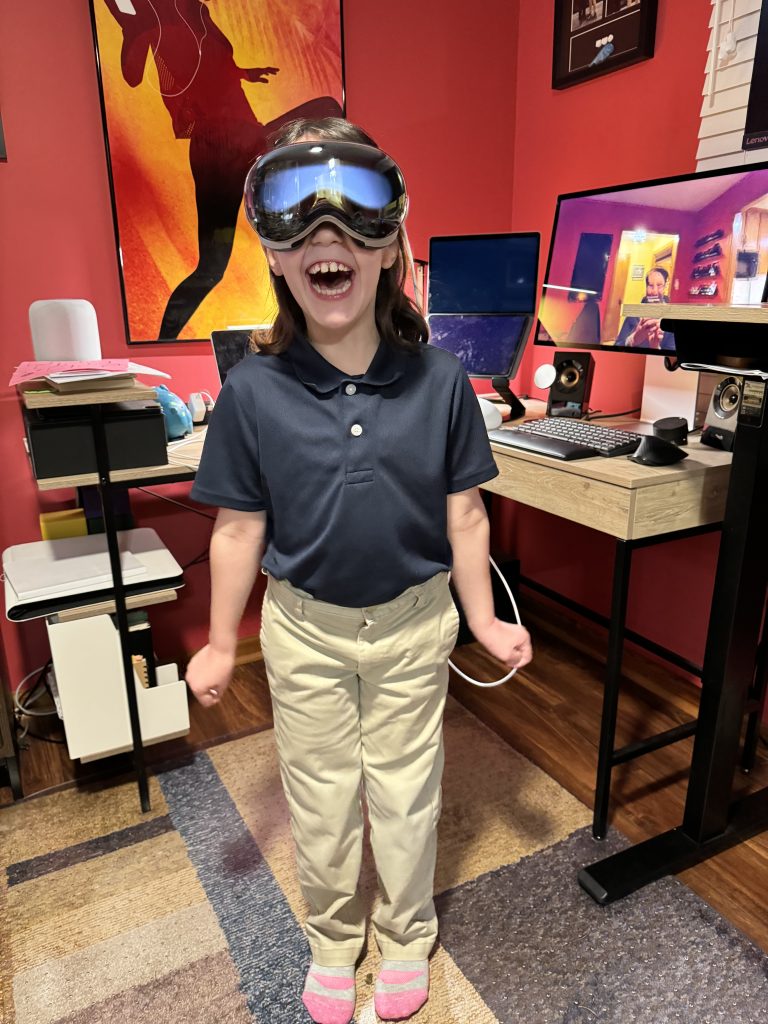
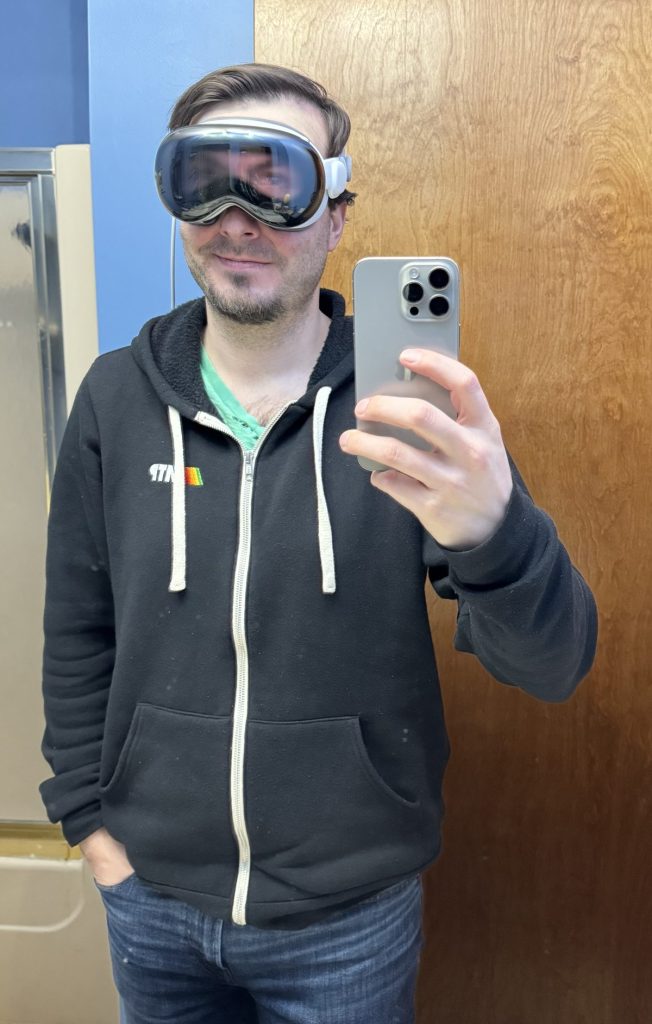
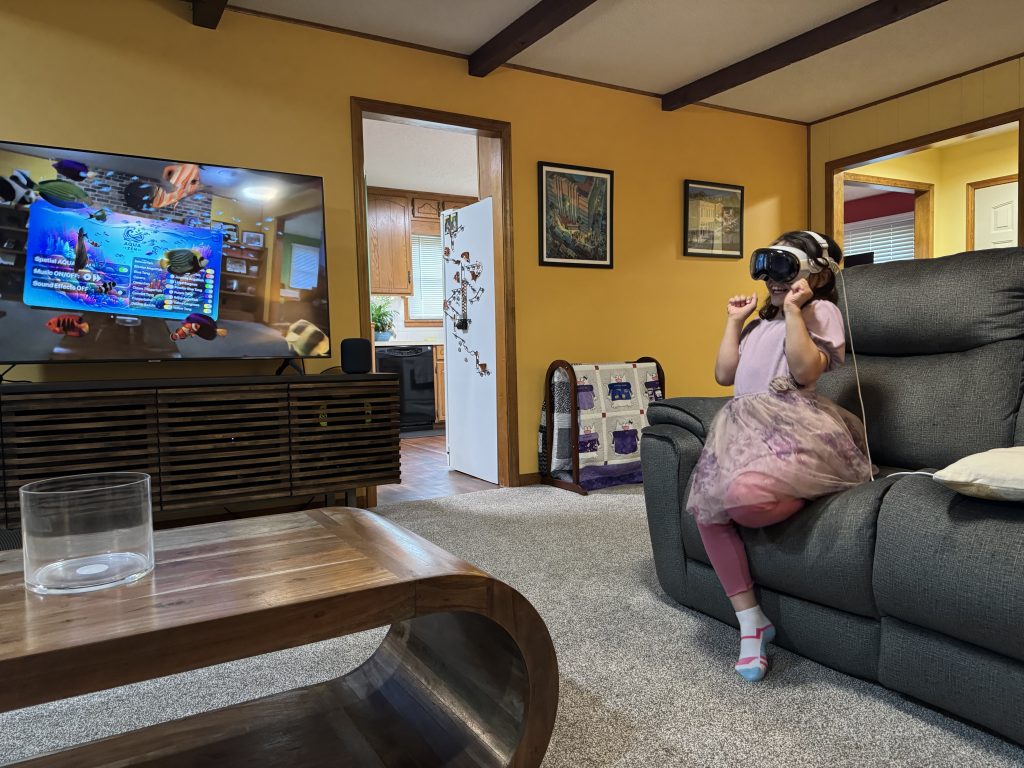
When the Vision Pro launched, I was first in line, excited by the potential of this new device. Up to that point, I had spent years playing with headsets from Meta (then Oculus) and HTC – just waiting for Apple to enter and show the world what a refined product in this category looks like.
Initially, the Vision Pro had that signature Apple wow factor, reminiscent of my first experiences with iPhone and iPad. However, just as I had witnessed with other headsets, the honeymoon phase was brief. Unlike other Apple products, the Vision Pro didn’t seamlessly integrate into my daily life. While its capabilities are impressive, the device often felt cumbersome compared to the convenience of my computer or phone. Just like other headsets, the Vision Pro lacks a “killer app” that would make it indispensable beyond the narrow use case of content consumption. Even gaming, the place VR headsets have historically found their niche, is severely hindered on the Vision Pro due to a lack of physical controllers.
The iPhone revolutionized mobile communication with apps and the App Store. The iPad redefined portable computing with touch-first productivity. The Apple Watch carved out a niche in fitness tracking and glanceable notifications. The Vision Pro doesn’t solve a pressing problem. At best, it’s an impressive display technology with an innovative UI, but there’s no compelling reason why anyone needs it.
I had hoped travel would be a place the Vision Pro would shine. On paper, it seems like an ideal companion for long flights – an immersive personal theater that can make hours in a cramped seat fly by (pun intended). In reality, though, it’s held back by two major factors:
- First, no one wants to be “that guy” sitting on a plane with a massive headset strapped to their face – completely disconnected from their surroundings. Despite Apple’s best efforts to engineer around this, it is still an inherently isolating experience and the social awkwardness of wearing it in public can be hard to ignore.
- Second, the $3,500 price tag makes it nerve-wracking to travel with. Unlike a tablet that can be casually tossed into a bag, the Vision Pro feels too delicate and expensive to comfortably bring outside the house, let alone risk getting knocked around in a crowded airport or squeezed into an overhead bin.
As much as it could be a great travel device, these factors make it far less practical than I would like.
For Spatial Computing to break through into the mainstream it will depend on a combination of hardware evolution and developer innovation. The form factor needs to become cheaper, lighter, and more comfortable, akin to everyday wearables like glasses. Even more important is Apple’s relationship with third-party developers. The Vision Pro won’t thrive until developers create compelling applications that push it into new territories. But strict App Store policies, regulatory fights, and damaged developer relations have hindered innovation and left the Vision Pro App Store feeling like a wasteland.
While the Vision Pro might not have delivered on all my expectations, I’m still optimistic about Spatial Computing. With continued iteration, a future generation of this product could finally find its place in our everyday lives. Until then, if someone asked me whether they should buy a Vision Pro, my answer would be a firm “no”. For now, the Vision Pro remains a luxury for early adopters rather than a game-changing device for the masses.
If you have a Vision Pro already, here are a few of my favorite apps so far:
